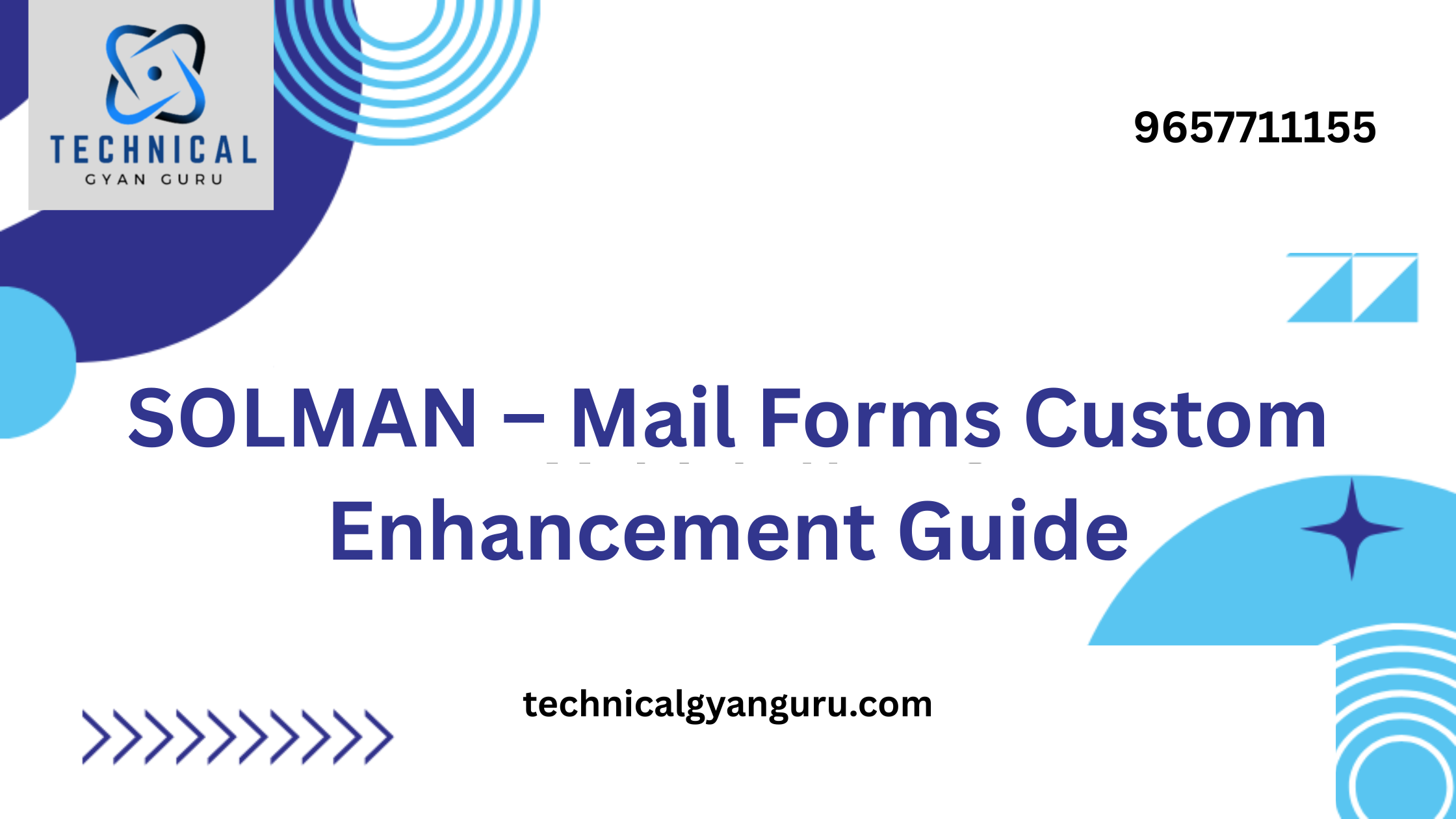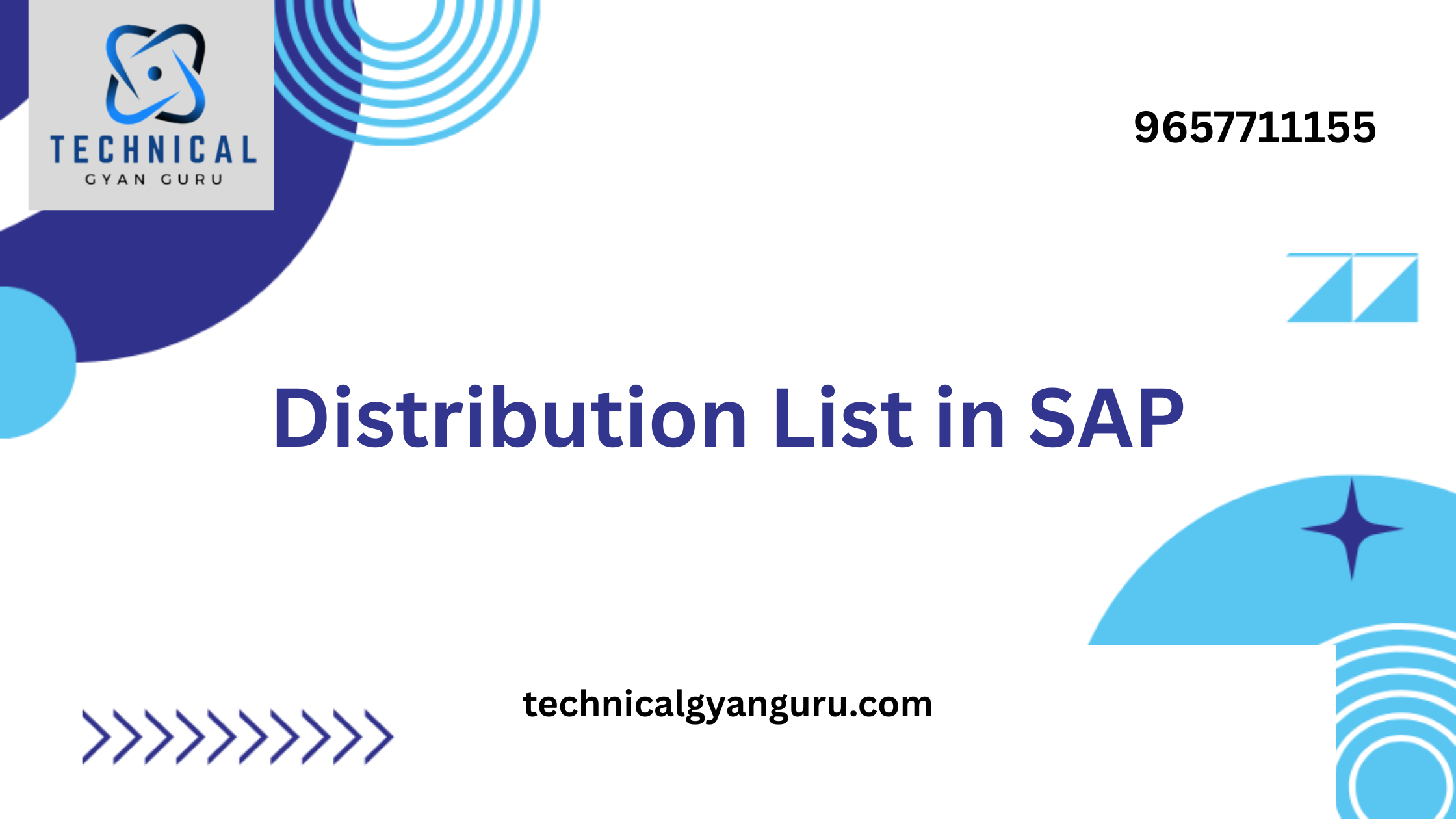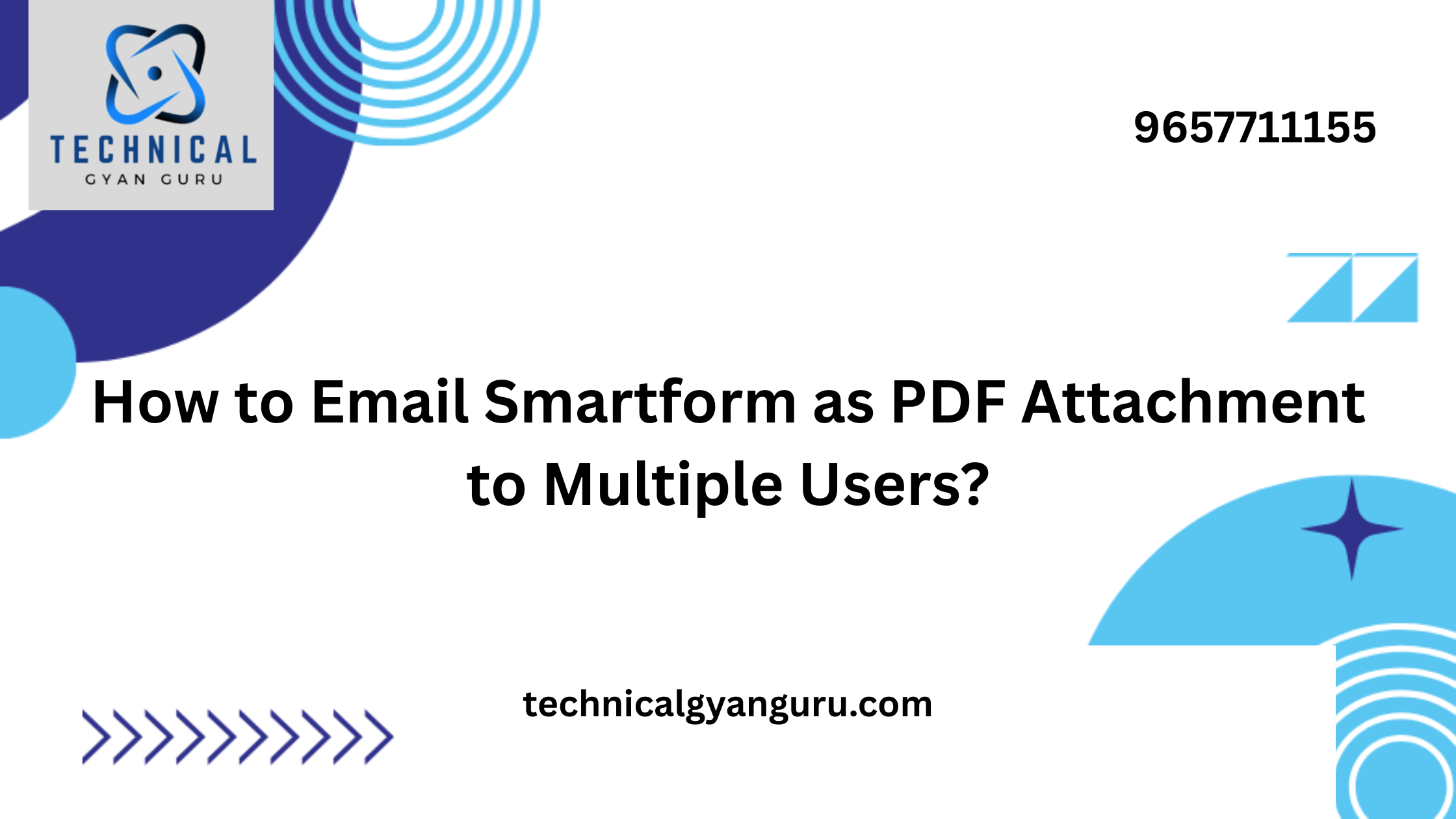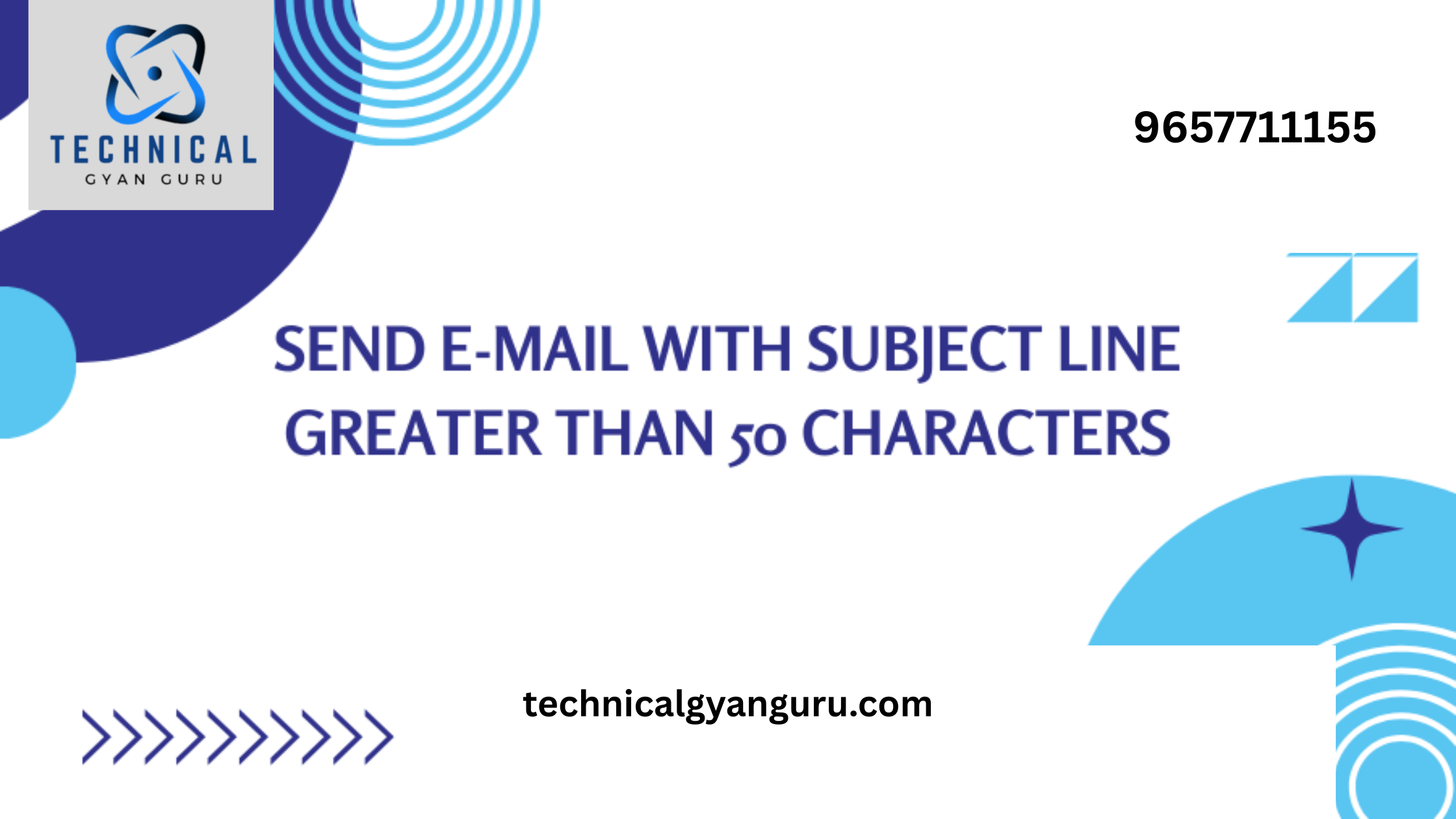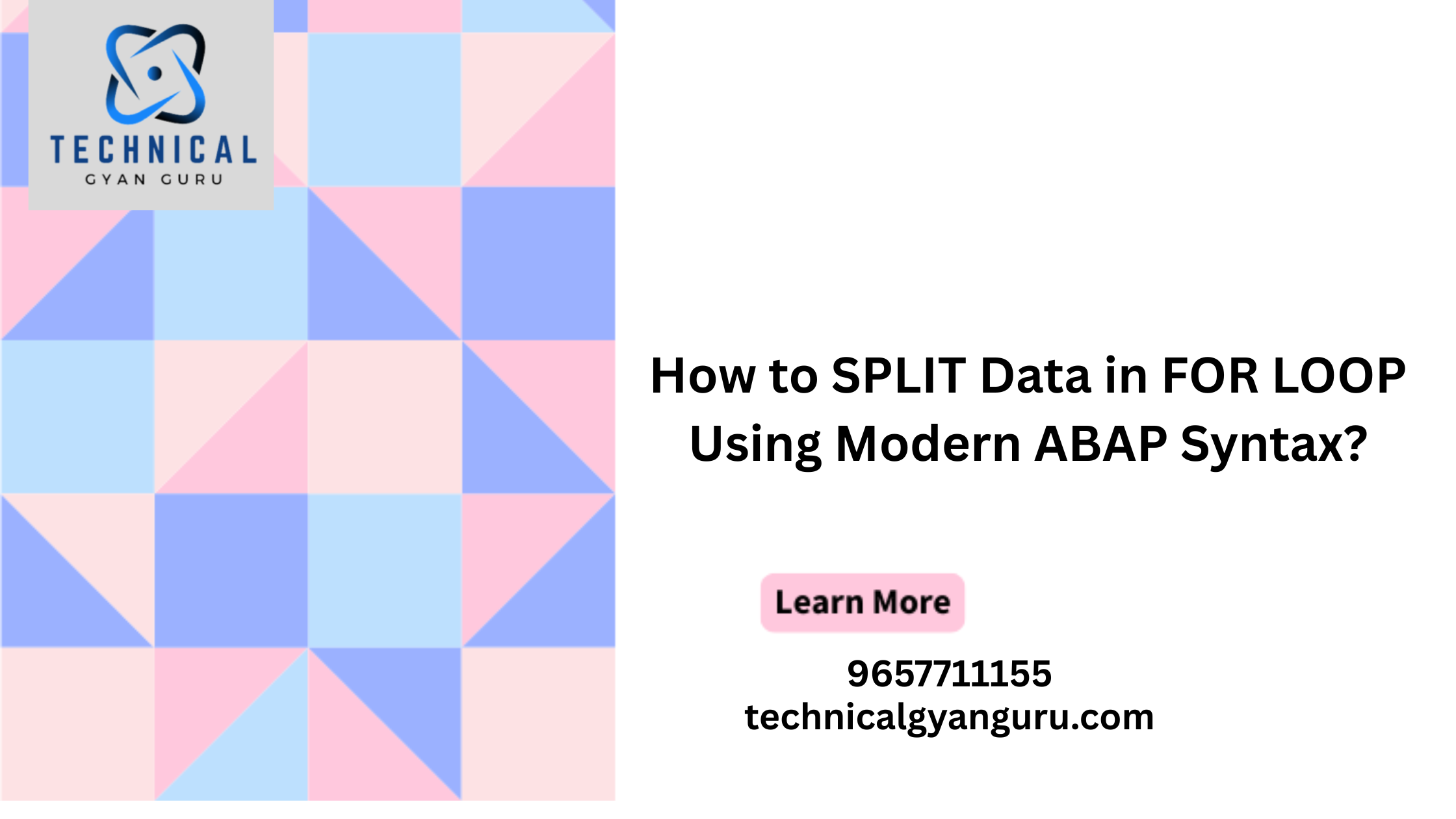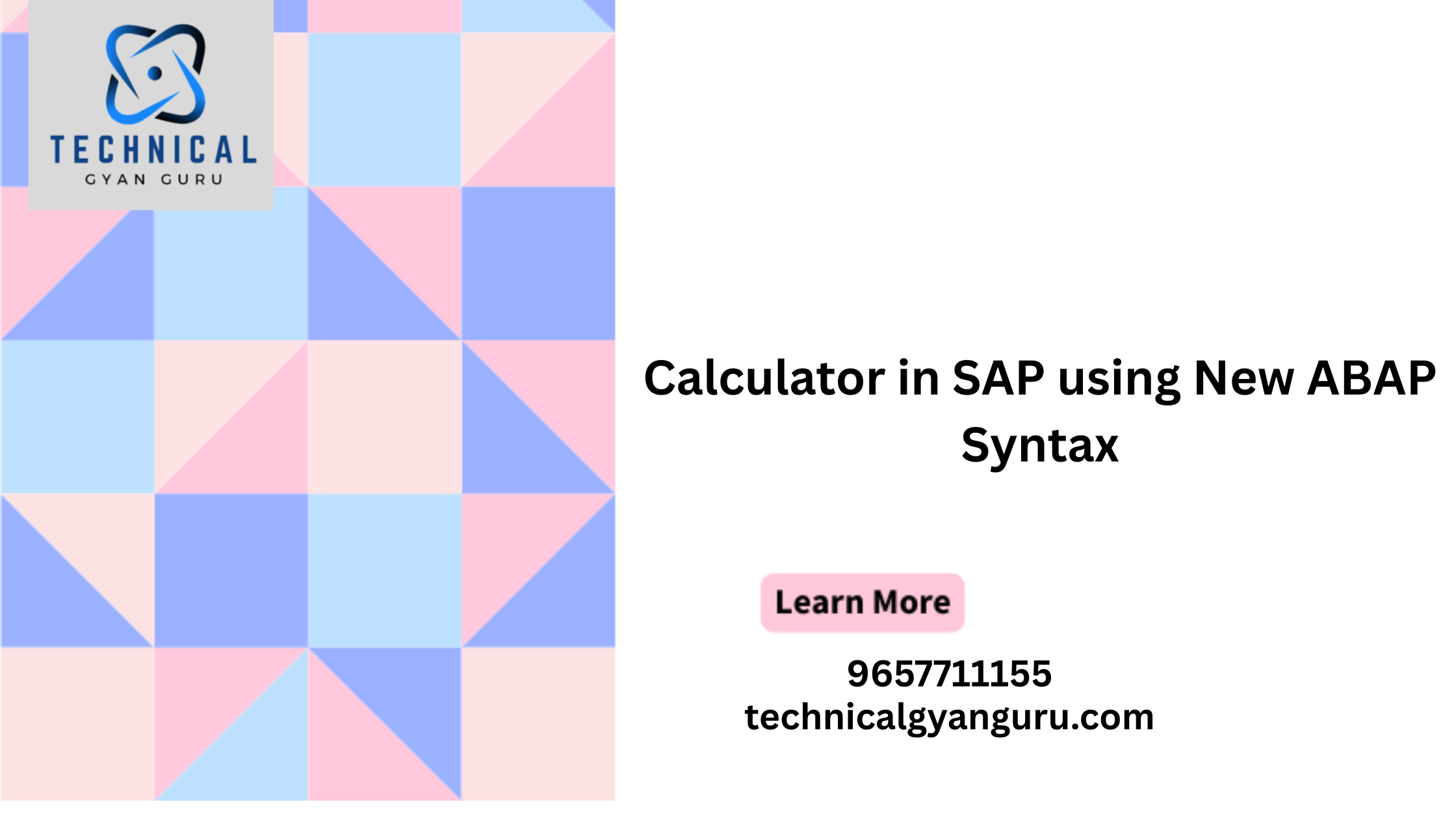
Introduction: SAP Cloud Platform and Google Cloud
SAP Cloud Platform and Google Cloud: In the dynamic landscape of cloud computing, the integration of diverse platforms is crucial for businesses seeking to harness the full potential of their digital ecosystems. One powerful synergy that has emerged is the integration of SAP Cloud Platform (SCP) with Google Cloud, creating a robust environment for seamless data exchange, application integration, and enhanced business processes. In this blog post, we will explore the key features, advantages, and the transformative impact of integrating SAP Cloud Platform with Google Cloud.
Understanding SAP Cloud Platform Integration:
SAP Cloud Platform Integration serves as a comprehensive solution for connecting processes, data, and devices across cloud and on-premises landscapes. It facilitates the integration of SAP and non-SAP applications, enabling organizations to streamline business processes and enhance overall operational efficiency. When coupled with Google Cloud, this integration provides a scalable, flexible, and secure foundation for businesses to thrive in the digital era.
Key Features:
- Hybrid Integration:
- SAP Cloud Platform Integration allows organizations to seamlessly integrate on-premises and cloud-based applications. With Google Cloud, this integration becomes even more versatile, bridging the gap between different environments.
- Pre-built Adapters:
- The platform offers a rich set of pre-built adapters that simplify the integration process. When integrated with Google Cloud services, these adapters enable efficient connectivity with various Google Cloud products, such as Google Cloud Storage, BigQuery, and Pub/Sub.
- Event-Driven Architecture:
- SAP Cloud Platform Integration supports event-driven architecture, allowing businesses to respond dynamically to real-time events and triggers. This aligns well with Google Cloud’s capabilities, facilitating seamless communication and data exchange in response to events.
- Security and Compliance:
- Security is a top priority in both SAP Cloud Platform and Google Cloud. The integration ensures the implementation of robust security measures, including encryption, authentication, and authorization, to protect sensitive data and ensure compliance with industry standards.
- Scalability and Flexibility:
- With Google Cloud’s scalable infrastructure, SAP Cloud Platform Integration enables businesses to scale their integrations based on evolving needs. This ensures that organizations can adapt to changing demands and handle increased workloads seamlessly.
Advantages of SAP Cloud Platform Integration with Google Cloud:
- Unified Cloud Environment:
- The integration creates a unified cloud environment, enabling businesses to leverage the strengths of both SAP Cloud Platform and Google Cloud. This unity fosters a collaborative ecosystem for enhanced productivity.
- Improved Business Agility:
- Businesses gain the agility to respond quickly to market changes and evolving customer needs. The integration facilitates the creation of agile, responsive systems that can adapt to the pace of digital transformation.
- Enhanced Data Analytics:
- Integration with Google Cloud’s powerful analytics services allows organizations to derive valuable insights from their integrated data. This can lead to informed decision-making and a deeper understanding of business processes.
- Cost Optimization:
- By combining the capabilities of SAP Cloud Platform and Google Cloud, organizations can optimize costs through efficient resource utilization, scalability, and the adoption of cost-effective cloud services.
- Innovation Acceleration:
- The integration promotes innovation by allowing businesses to leverage the latest technologies and services from both SAP and Google Cloud. This accelerates the development of cutting-edge solutions and services.
Conclusion:
The integration of SAP Cloud Platform with Google Cloud represents a strategic move for businesses looking to maximize the potential of their digital infrastructure. By seamlessly connecting SAP’s robust integration capabilities with Google Cloud’s scalable and innovative services, organizations can create a harmonious ecosystem that enhances agility, drives innovation, and ultimately positions them for success in the era of digital transformation. Embracing this powerful integration is not just a technological choice but a strategic decision to future-proof your business in a rapidly evolving digital landscape.


